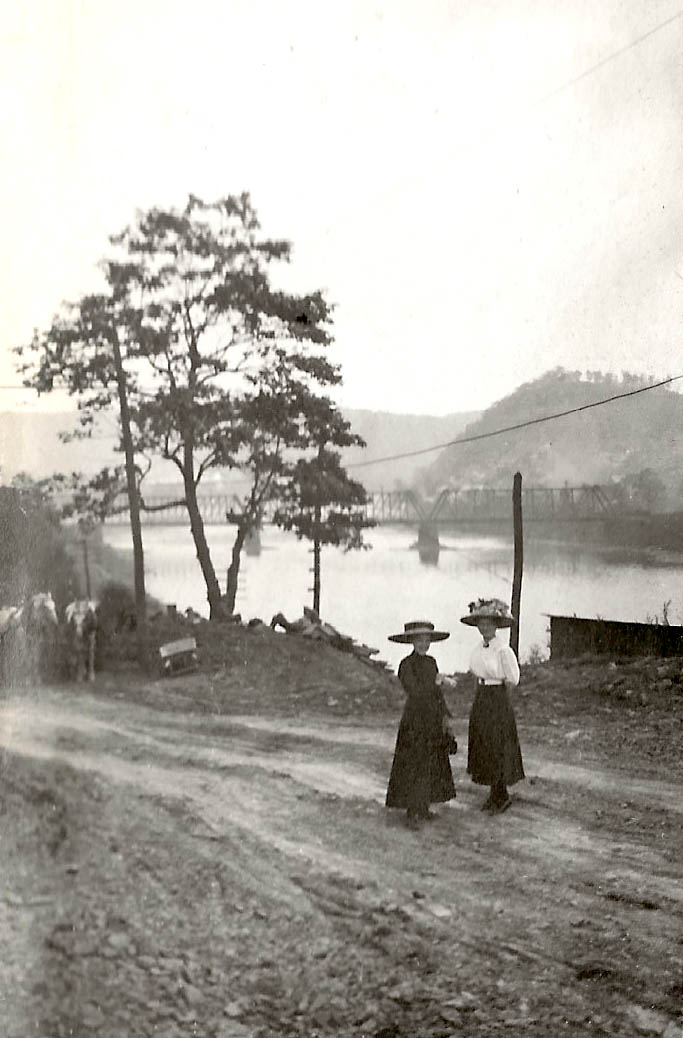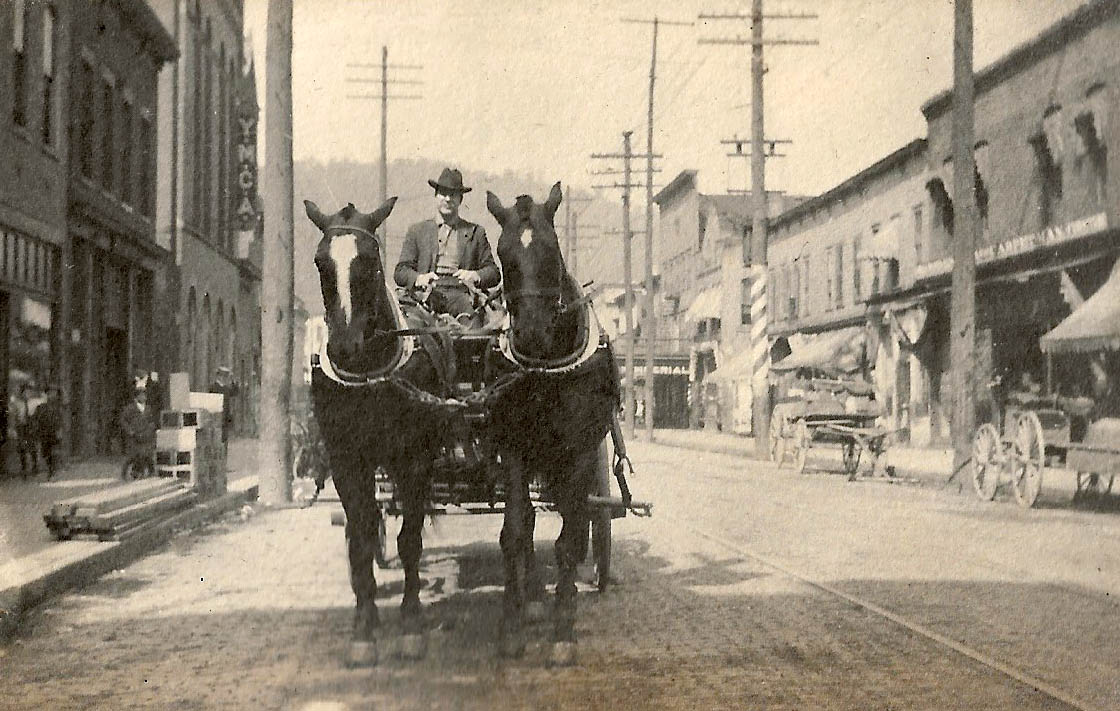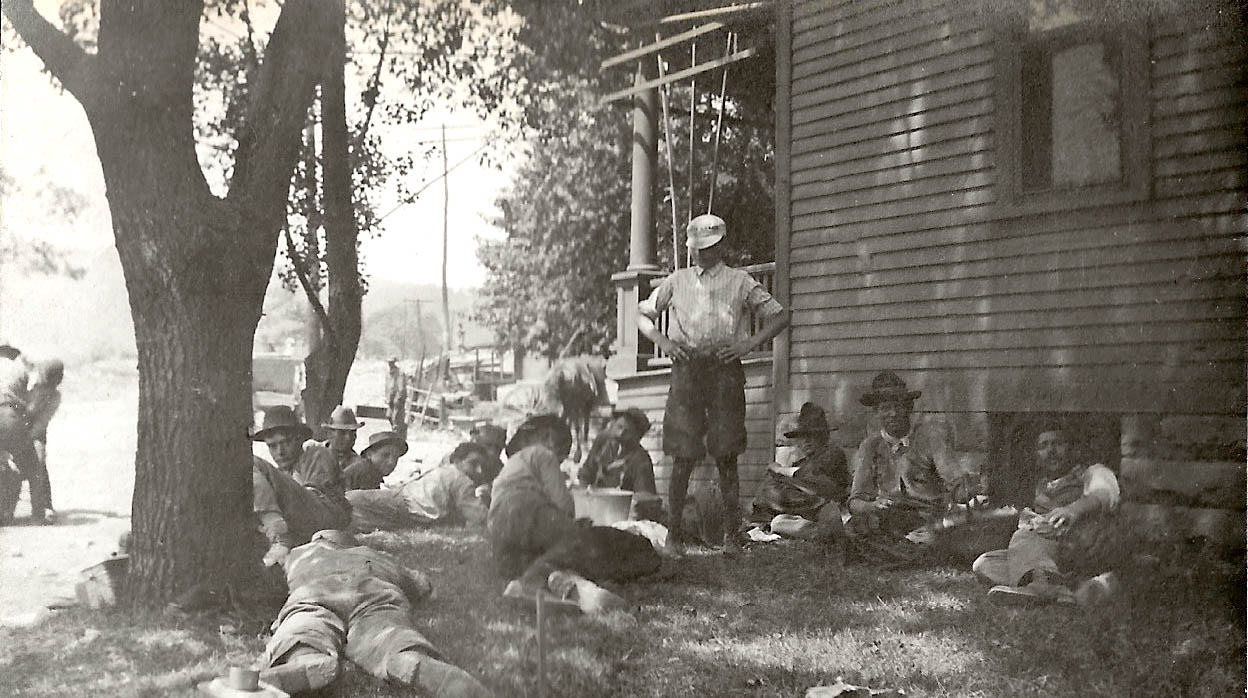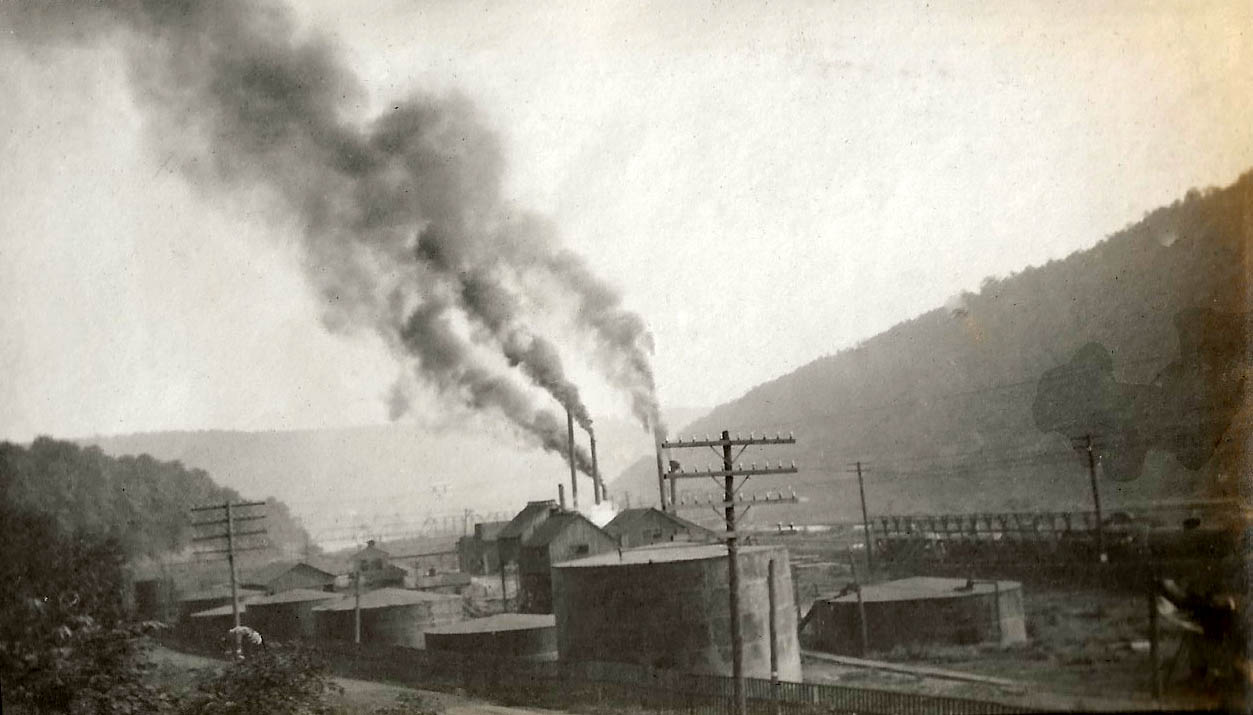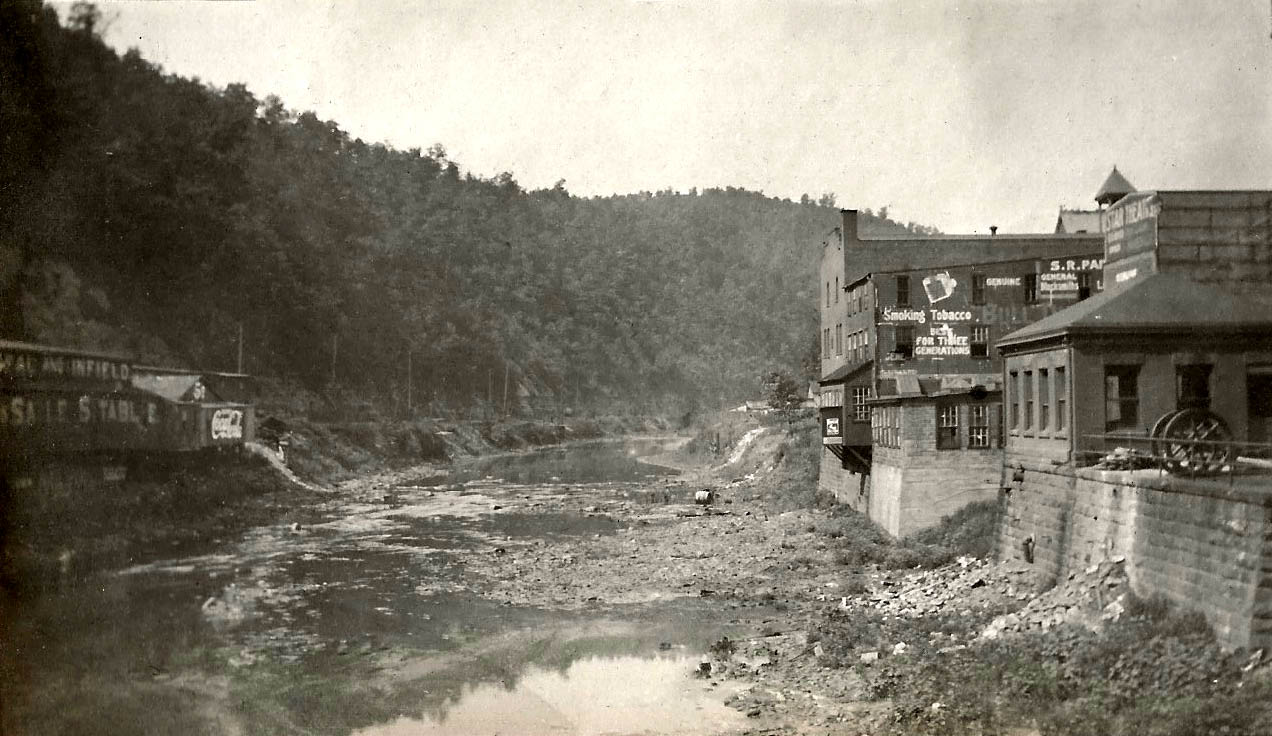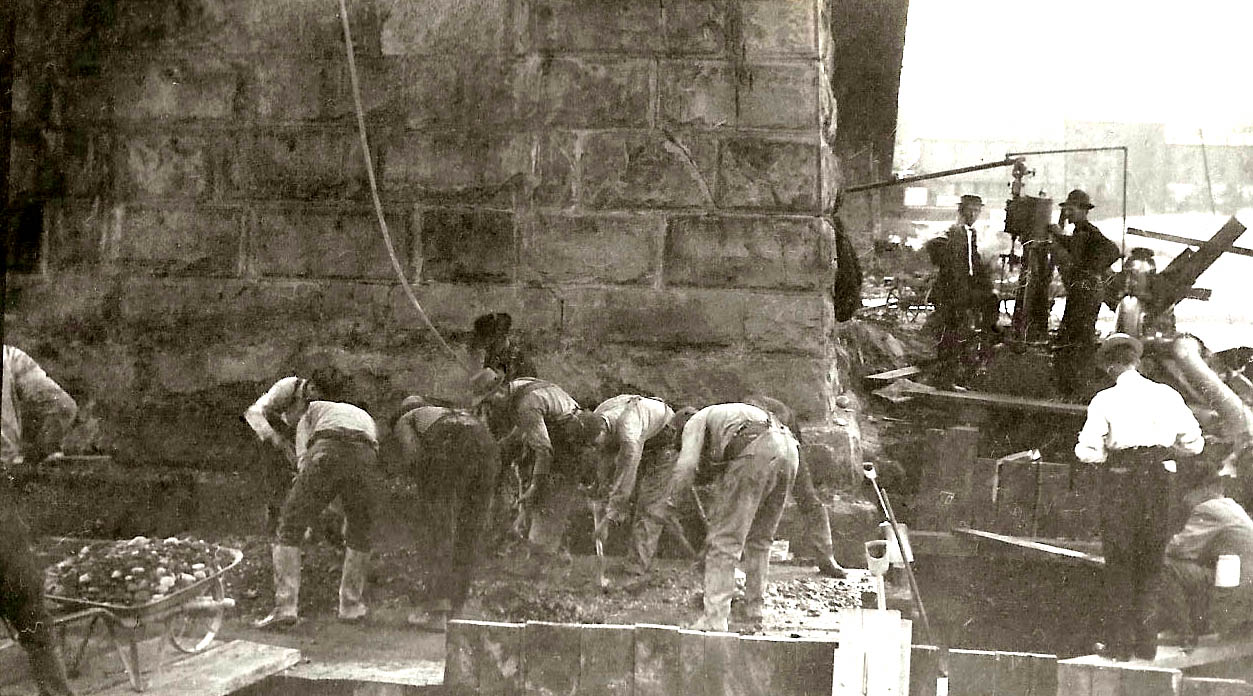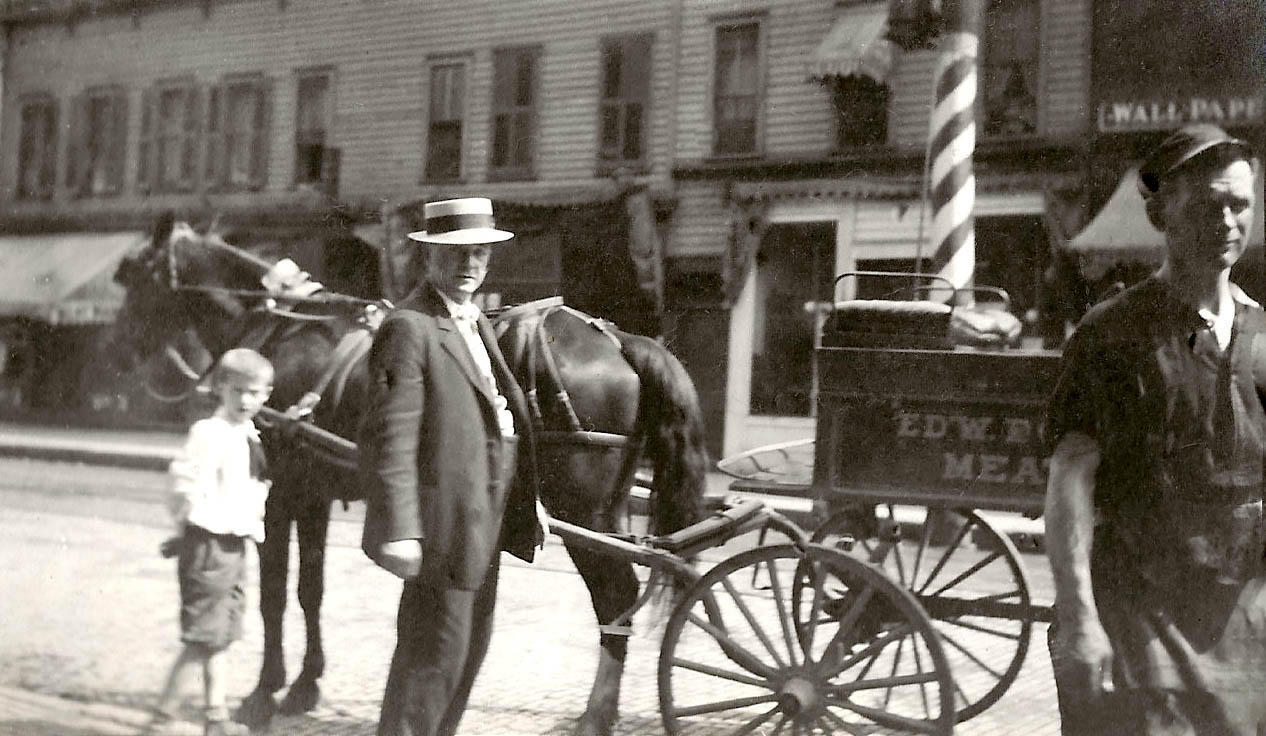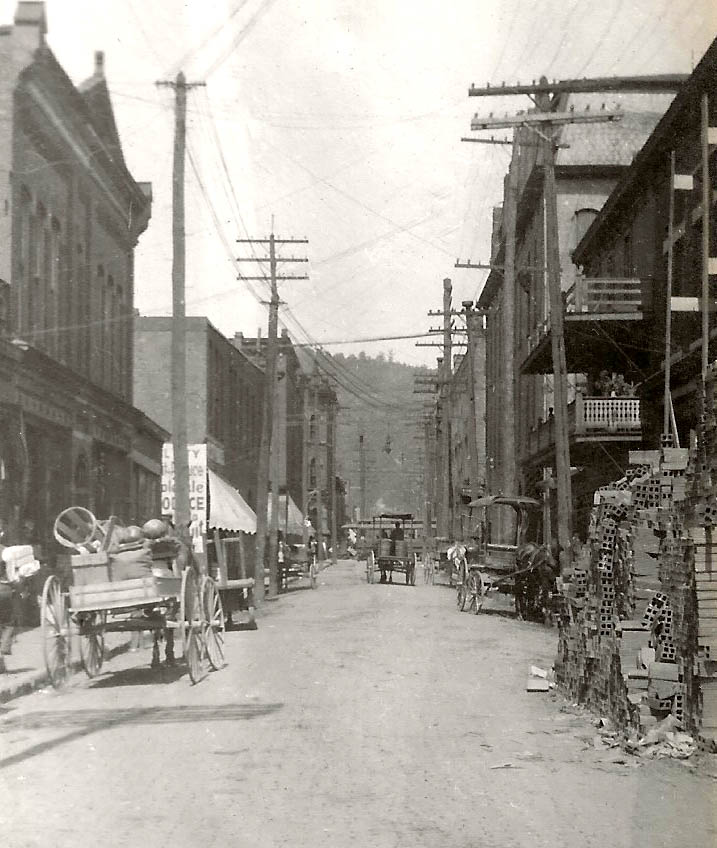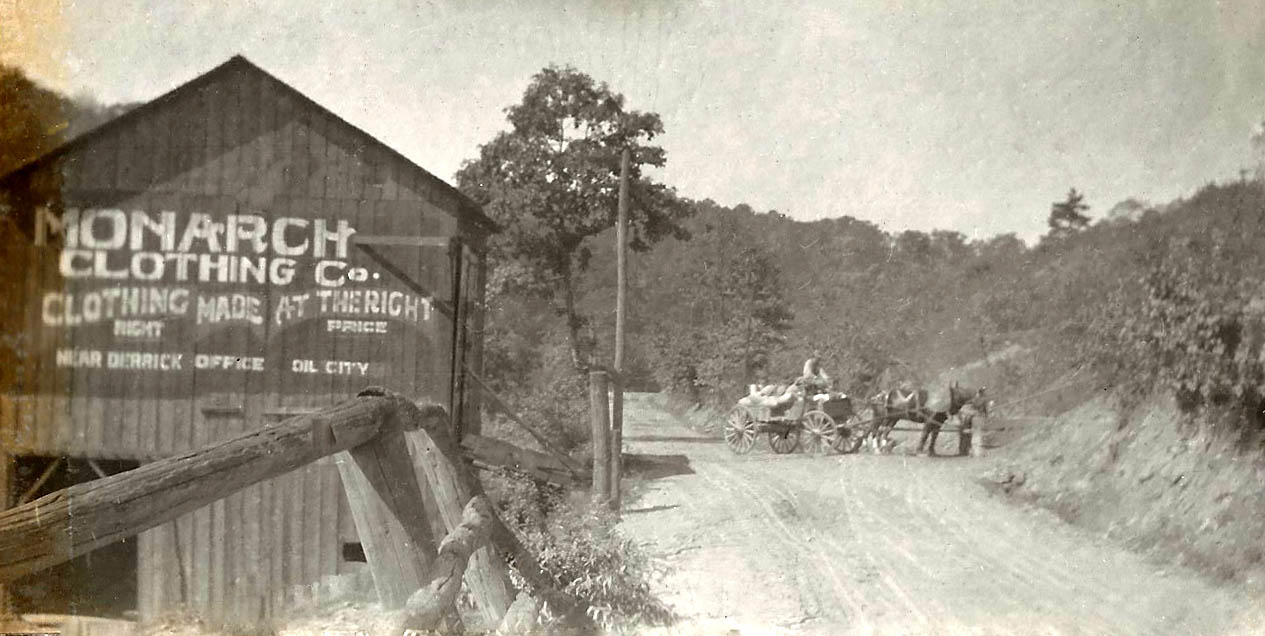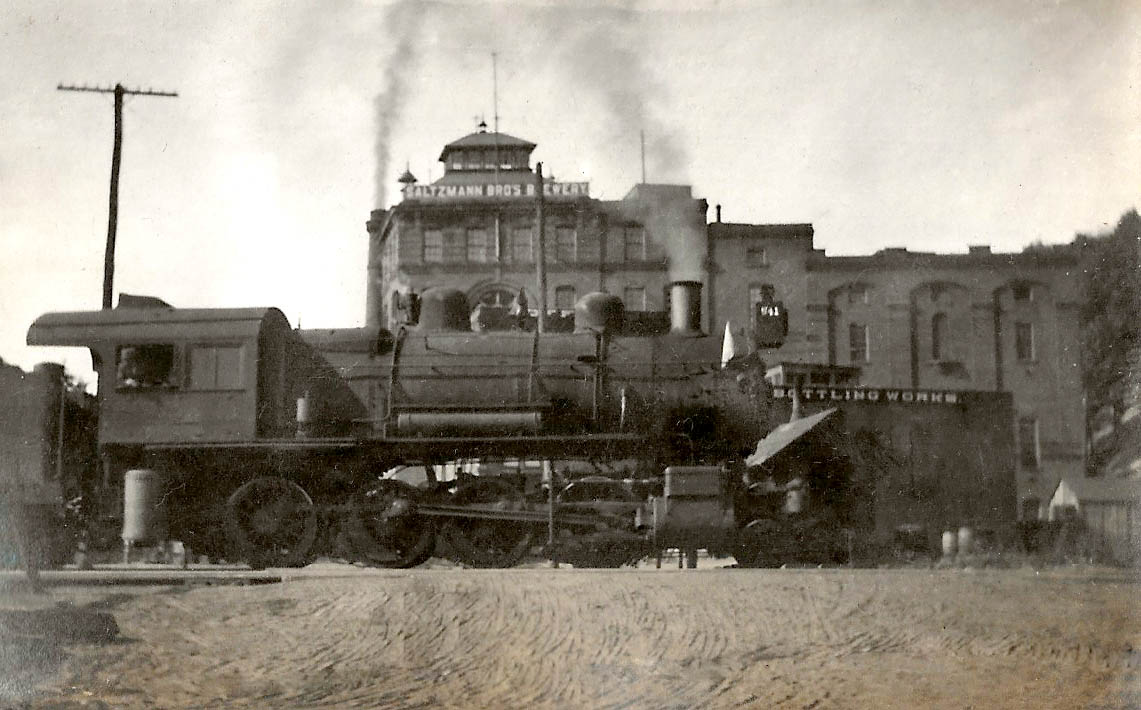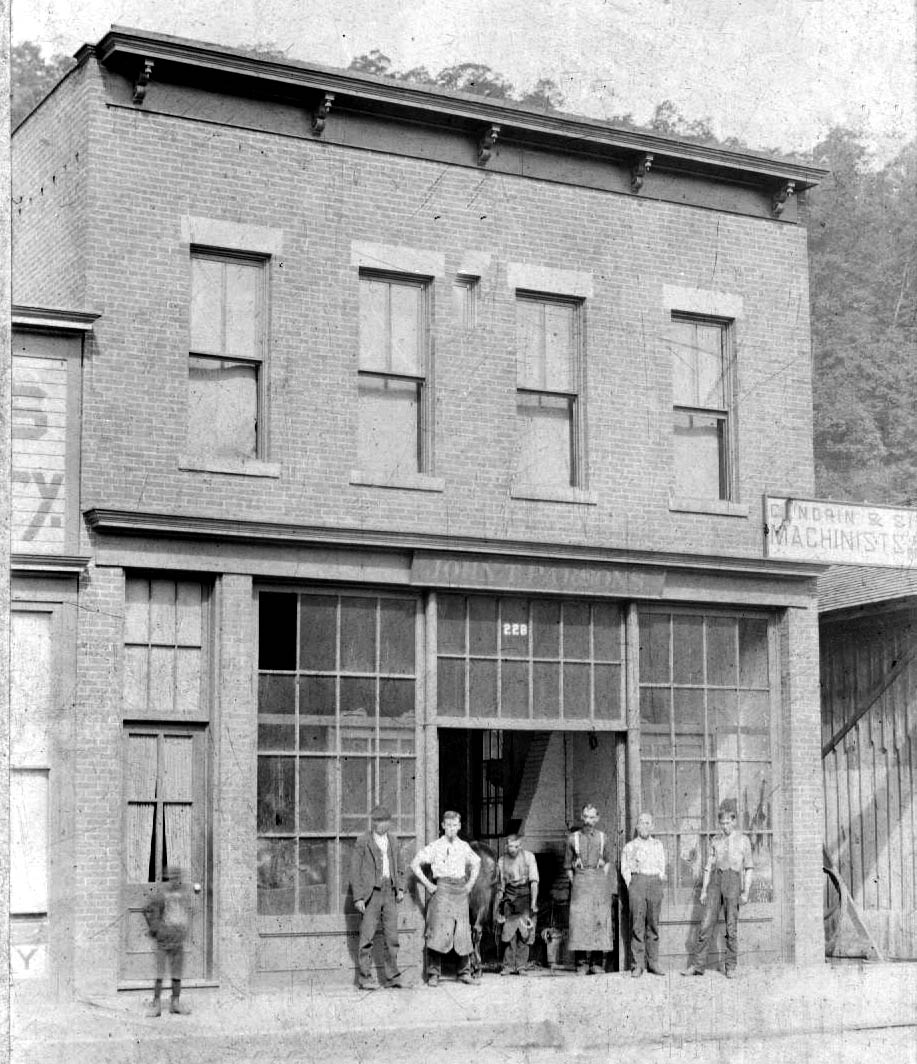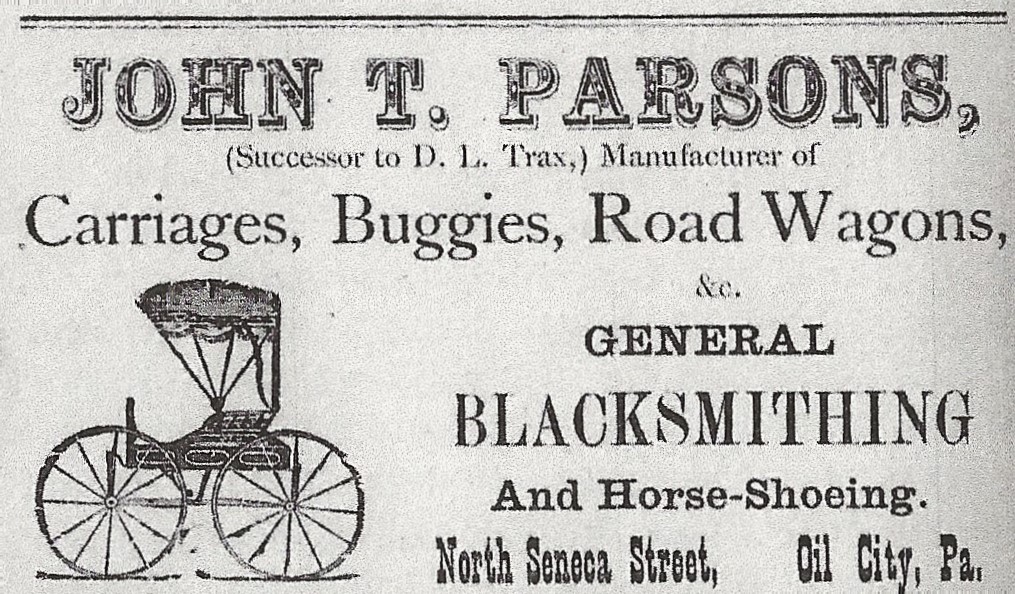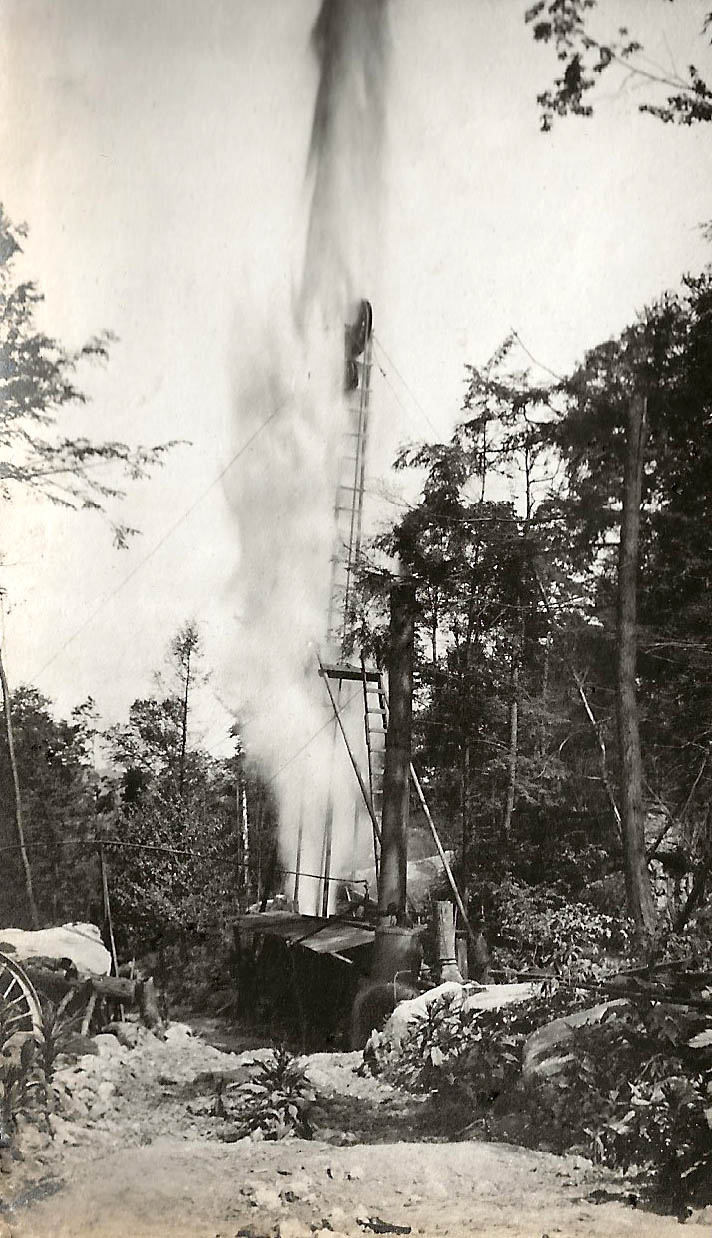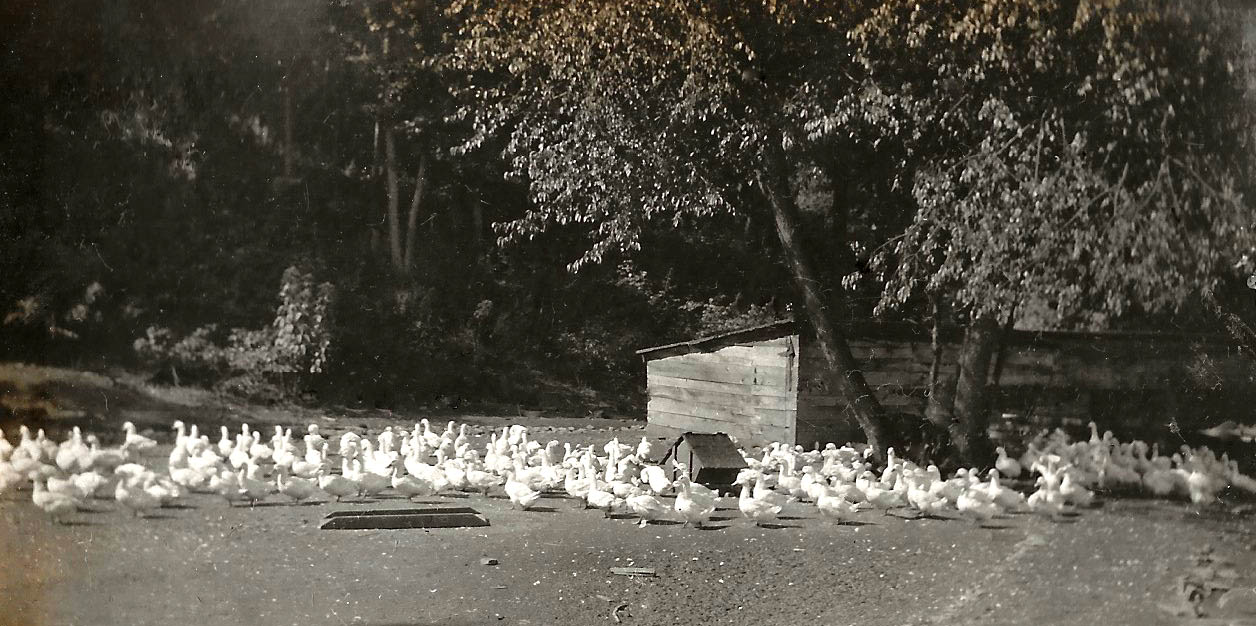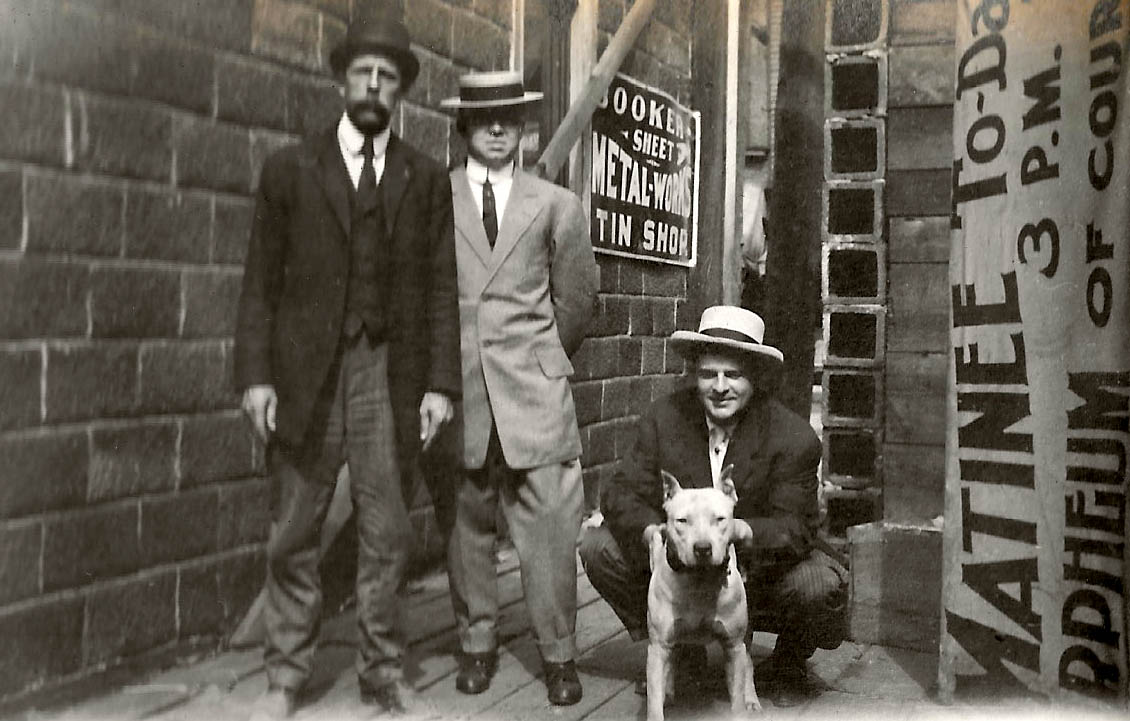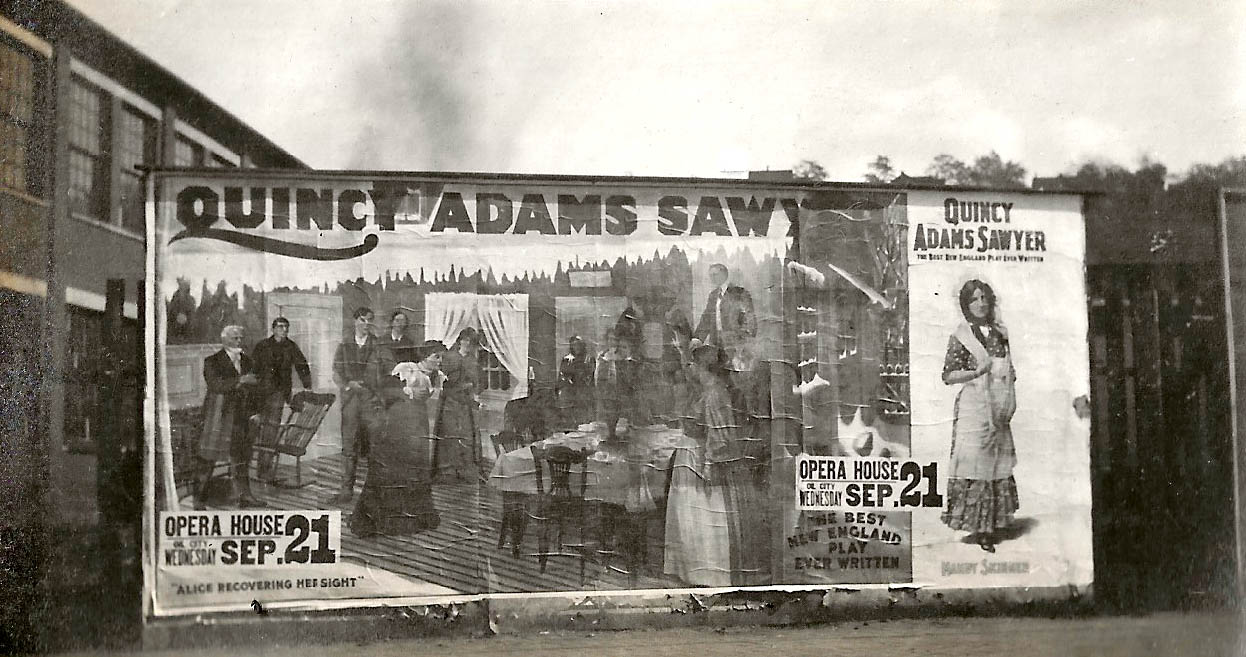The Parsons Photo Album: 1910
- Judy Etzel
- May 26, 2023
- Hidden Heritage
- 12317
A family’s photograph album, small in size but chocked full of pictures, showcases an earlier time in Oil City.
The collection, owned by the late Charlotte Parsons Davies of Oil City and donated in her honor to the Oil City Heritage Society, focuses on family, industry, civic affairs and more in 1910. The collection belonged to Silas R. Parsons, Charlotte Davies’ father.
Silas, son of John Trick Parsons and Roxyette Jones Parsons, was born in 1870 in Oil City. His parents, both children of English immigrants, were born and raised in Ontario, Canada.
The couple moved to Rochester, NY, where John learned the blacksmithing trade. Enticed by the bustling petroleum industry in the Oil Valley, the family relocated to Oil City. John Parsons worked for 12 years for D.L. Trax who owned a wagon building company in Oil City.
In 1890, he built a shop on Seneca Street where he specialized in blacksmithing as well as making and repairing carriages. Silas and his brother, William T., worked for several years with their father. The shop was in a three-story frame and brick building at 228 Seneca Street.
Active in the community, the elder Parsons was a Prohibitionist candidate for Oil City Mayor in 1896. He lost the race but news accounts noted he had garnered “flattering support from the laboring classes, of whose cause he was a staunch advocate.”
John and Roxyette were longtime members of Trinity United Methodist Church. The family lived on Mylan Street and later bought a home on Bissell Avenue.
John Parsons died in 1901. His obituary noted, “Mr. Parsons was one of the most respected citizens of this city. … He was always known for his honest methods of doing business and was held in high esteem by all with whom he had dealings.”
His two sons kept the carriage business going until misfortune struck in 1917 when the building burned. Silas, who was an Army veteran of the Spanish-American War, then went into the oil production business until 1936 when he took the job as probation officer for Venango County. He also served as vice president of the Peoples Building and Loan Association, a business that saw his father, John, as the first president.
An article in the 1904 edition of the New York Industrial Recorder noted, “Mr. S.R. Parsons is … young, enterprising and progressive (and) very prominent in business circles and highly popular in social and fraternal life.”
Silas and his family lived at 151 E. Bissell Avenue in Oil City. He died at the age of 83 in 1954. His wife, Charlotte Davies’ mother, Charlotte Schwietering Parsons, died in 1947.
Written by Judy Etzel with research by Kay Dawson and design by Natalie Cubbon.
HIDDEN HERITAGE IS SPONSORED BY:
Jack Eckert & Susan Hahn
— In Memory of Carole Eckert —
Support This Project
Donations to the library are appreciated to help offset printing costs & make this project possible! Want to become a sponsor? Email us at promotions@oilregionlibraries.org to get started!
Make a Donation
